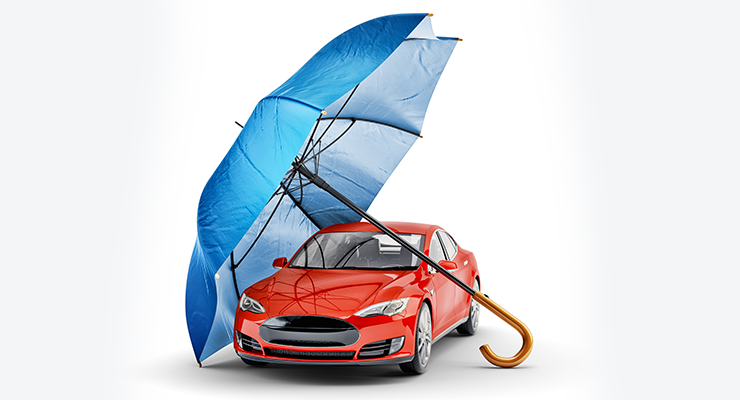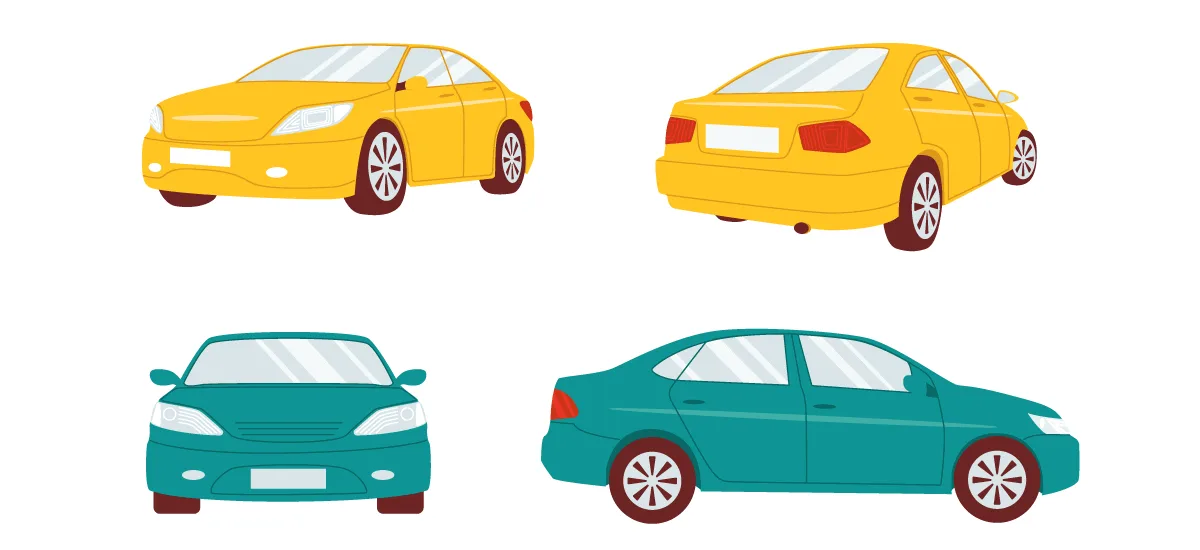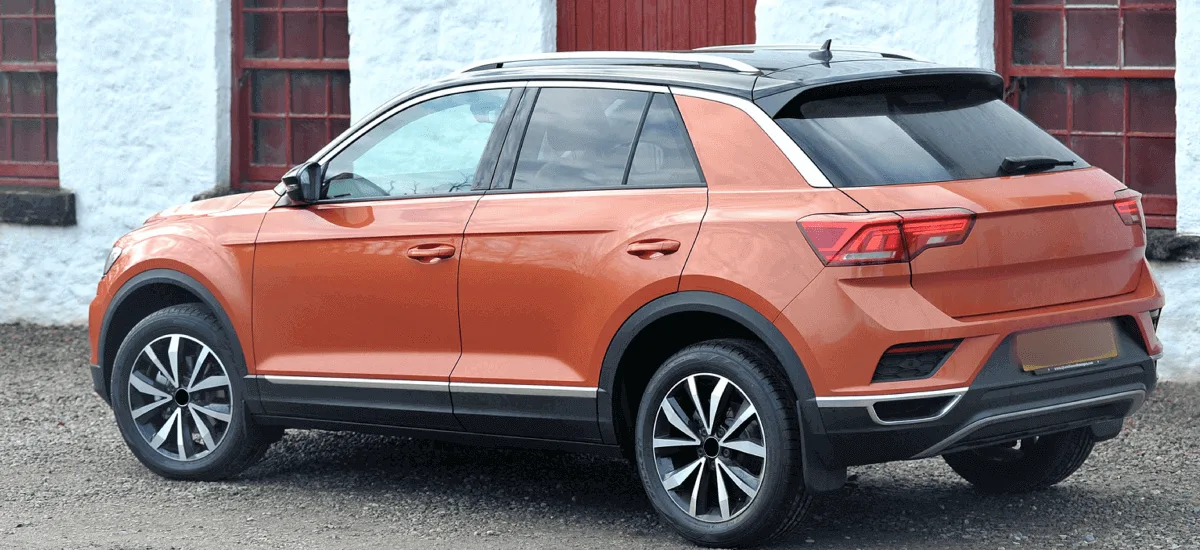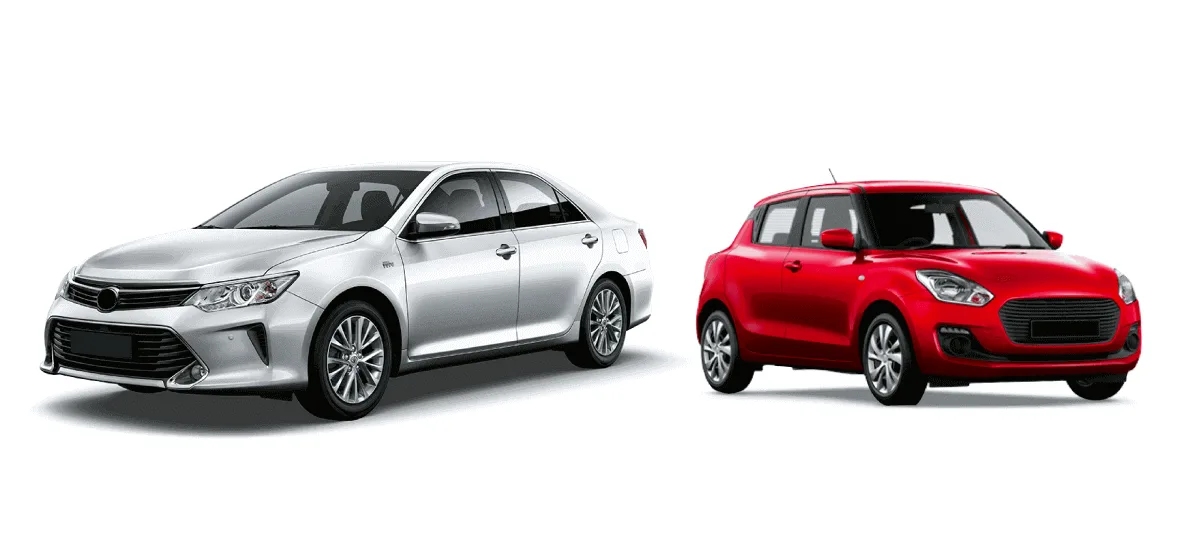
When you buy or lease a car, it’s important to protect that investment. Getting auto insurance can offer reassurance in case you’re involved in an accident or the vehicle is stolen, vandalized or damaged by a natural disaster. Instead of paying out-of-pocket for auto accidents, people pay annual premiums to an auto insurance company; the company then pays all or most of the costs associated with an auto accident or other vehicle damage.
What Is Car Insurance?
Car insurance is effectively a contract between yourself and an insurance company in which you agree to pay premiums in exchange for protection against financial losses stemming from an accident or other damage to the vehicle. Auto insurance can offer coverage for:
- Vehicle damages, including your car or another driver’s vehicle
- Property damage or bodily injuries caused by an accident
- Medical bills and/or funeral expenses associated with injuries sustained in an accident
The exact details of what’s covered depend on the minimum coverage requirements for your state and any additional coverage options you choose to include. Every state except New Hampshire requires drivers to have a minimum amount of bodily injury liability coverage and property damage liability coverage.
Auto Insurance Costs
There are two primary costs associated with purchasing car insurance: premiums and deductibles.
Auto insurance premiums vary depending on age, gender, years of driving experience, accident and moving violation history, and other factors. Again, most states mandate a minimum amount of auto insurance. That minimum varies by state, but many people purchase additional insurance to protect themselves further.
Additionally, if you’re financing a car, the lender may stipulate that you carry certain types of car insurance. For instance, you may need gap insurance if you’re purchasing an expensive vehicle that will likely depreciate very quickly once you drive it off the lot. Gap insurance can help to pay off the difference between the vehicle’s value and what you still owe on it if you’re involved in an accident.
A poor driving record or the desire for complete coverage will lead to higher premiums. However, you can reduce your premiums by agreeing to take on more risk, which means increasing your deductible.
Your deductible is the amount you have to pay when filing a claim before the insurance company will pay out anything to you for damages. So, for example, your policy may have a $500 or $1000 deductible. Agreeing to a higher deductible can result in a lower premium but you’d have to be reasonably sure you could cover the higher amount if you need to file a claim.
How Auto Insurance Works
In exchange for paying a premium, the insurance company agrees to pay your losses as outlined in your policy. Policies are priced individually to let you customize coverage amounts to suit your exact needs and budget. Policy terms are usually six- or 12-month timeframes and are renewable. An insurer will notify a customer when it’s time to renew the policy and pay another premium.
Regardless of whether they mandate having a minimum amount of auto insurance, nearly every state requires car owners to carry bodily injury liability, which covers costs associated with injuries or death that you or another driver causes while driving your car. They may also require property damage liability, which reimburses others for damage that you or another driver operating your car causes to another vehicle or other property.
A number of states go a step further, mandating car owners carry medical payments or personal injury protection (PIP), which reimburses medical expenses for injuries sustained by you or your passengers. It will also cover lost wages and other related expenses.
Uninsured motorist coverage reimburses you when an accident is caused by a driver who does not have auto insurance. Underinsured motorist coverage is designed to protect you when you’re involved in an accident with a driver who has some insurance but not enough to cover the full cost of a claim.
Who Does Auto Insurance Coverage Protect?
An auto insurance policy will cover you and other family members on the policy, whether driving your car or someone else’s car (with their permission). Your policy also provides coverage to someone who is not on your policy and is driving your car with your consent.
Personal auto insurance only covers personal driving. It will not provide coverage if you use your car for commercial purposes—such as making deliveries. Neither will it provide coverage if you use your car to work for ride-sharing services such as Uber or Lyft. Some auto insurers now offer supplemental insurance products (at additional cost) that extend coverage for vehicle owners that provide ride-sharing services.
The Bottom Line
While other types of insurance such as health and homeowner’s may seem more important, if you own an automobile, regardless of whether your state requires auto insurance, having an insurance policy can save you a lot of money and aggravation in the long run. Remember to shop around for the best car insurance rates to find the coverage you need at a price you can afford.







